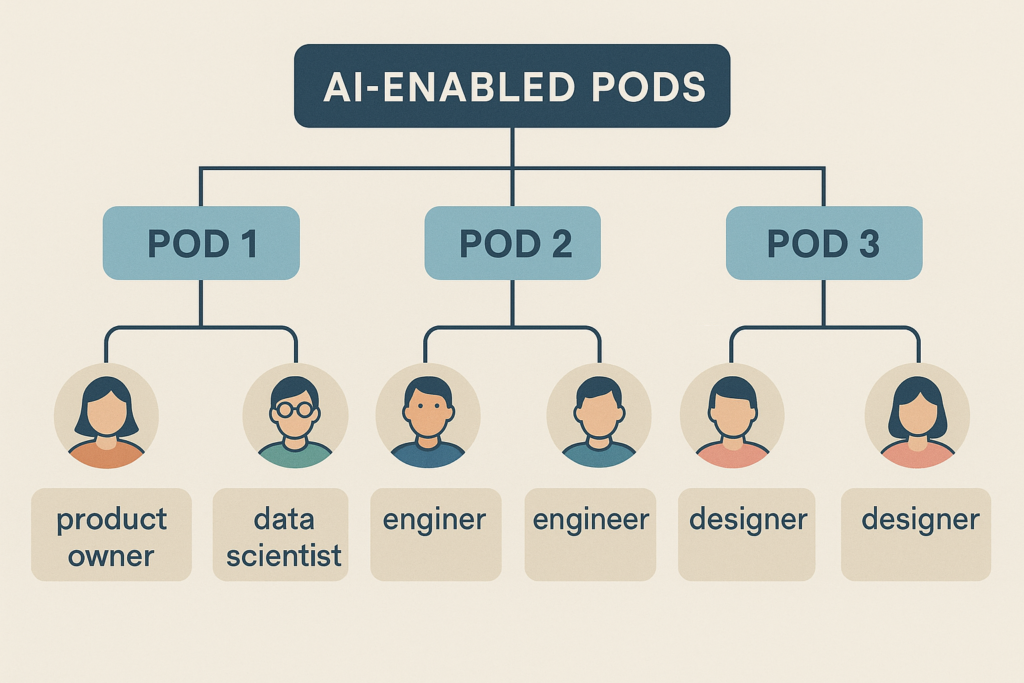What Boards Need to Know About AI Governance

In 2025, boards face a new type of fiduciary duty: understanding and governing artificial intelligence.
AI is no longer confined to R&D or innovation teams. It’s shaping decisions in operations, finance, marketing, HR, and customer experience. And as adoption rises, so do questions of risk, transparency, and accountability, areas where board oversight must mature.
Designing an Organization That Is Built for AI Execution

AI isn’t just a software upgrade. It’s an operating model reset.
Many organizations believe they can “layer” AI on top of existing structures and still achieve exponential outcomes. But AI isn’t wallpaper—it’s architecture. And if your architecture is misaligned, you’ll stall out quickly.

